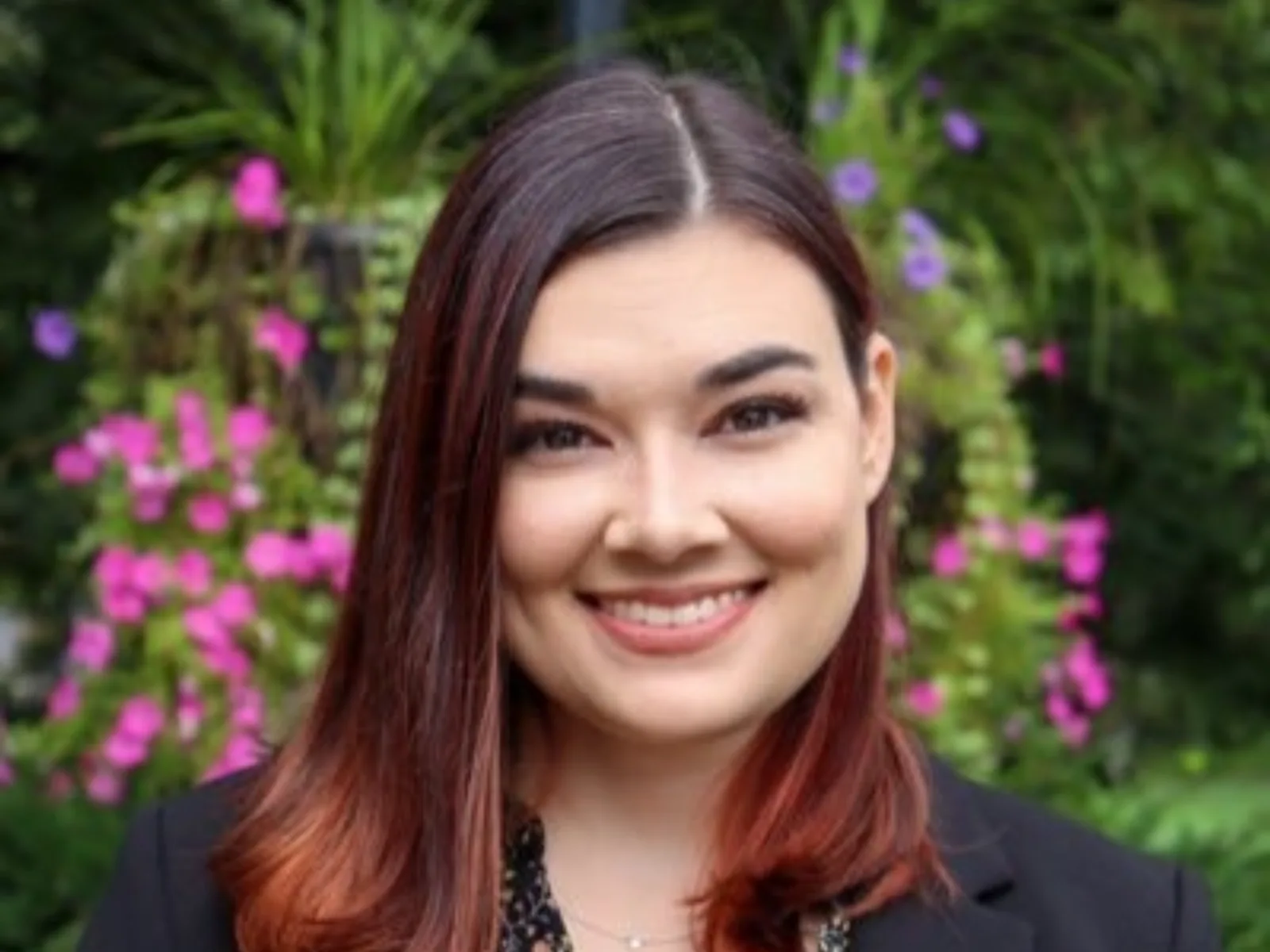States across the country are considering policy changes to reduce the widespread use of long prison sentences – which, evidence suggests, do not effectively deter crime or improve community safety. However, despite sentencing reforms implemented in several states, little is currently known about their impact on long sentences and community safety.
Arnold Ventures (AV) is supporting a large-scale study to understand the impact of sentencing reforms in California. Researchers Steven Raphael, Mia Bird, and Johanna Lacoe of the California Policy Lab (CPL) at the University of California-Berkeley are using quasi-experimental methods to evaluate how reforms such as reductions in sentencing enhancements and repeal of three-strikes laws affect time served and recidivism. The results will inform future sentencing reforms in California through CPL’s partnership with the California Committee on Revision of the Penal Code. They will also provide lessons to other states considering similar changes aimed at reducing the use and length of incarceration while maintaining community safety.
“Research shows that long sentences do not effectively deter crime or make communities safer, but they do impose significant human and financial costs,” says Golnar Teimouri, criminal justice research manager at AV. “This study is important because it focuses on developing evidence and data to ensure sentencing reforms are effective, equitable, and fiscally responsible.”
We sat down with Raphael, a professor of public policy at UC Berkeley and the James D. Marver Chair at the Goldman School of Public Policy, to talk about the problems caused by long sentences and the importance of researching policies to reduce them.
This conversation has been edited for clarity.

Arnold Ventures
Tell us about the sentencing reforms you are evaluating.

Steven Raphael
We are evaluating efforts that are meant to reduce long prison sentences in California. One is Proposition 57, a reform passed in 2016, which made people admitted to prison for nonviolent offenses eligible for release prior to completing their sentences despite any sentencing enhancements or consecutive sentences they may have been assigned. Another reform is targeted at a specific sentencing enhancement that California passed in the 1980s, which adds five years to a person’s sentence if they have prior violent convictions — what is sometimes colloquially called the “nickel prior.” California recently passed a series of bills offering guidance to judges and restoring their ability to remove these five-year enhancements if they think they are not proportional to the offense.

Arnold Ventures
What problems are these reforms addressing?

Steven Raphael
Over the long term, people with long sentences account for a disproportionate share of those incarcerated on any given day. Many states have concluded that we have gone overboard with the severity of our sentencing. We do not get much for those long sentences in terms of public safety, and they have a disparate impact on communities of color and people from a lower socioeconomic status. African Americans are more likely to receive sentencing enhancements, and the population that has been imprisoned for a long time is disproportionately African American. We also have prison population pressures as well as litigation around prison overcrowding. The reforms are trying to shrink the footprint of the prison system without harming public safety.

Arnold Ventures
How did you become interested in researching long sentences?

Steven Raphael
I have been studying incarceration growth and corrections policy for more than 15 years. I started my career as a labor economist focusing on what determines who does and does not have good job market prospects. That line of inquiry led me to study the stigma associated with having a criminal history and to try to understand why this disadvantage is so prevalent in certain sub-segments of the population. Incarceration is an area where we spend a lot of money, have public safety concerns, and have equity concerns. If we want to improve those issues, we have to do something about long sentences, because they contribute the most to the prison population at any given point in time.

Arnold Ventures
What has your research found so far?

Steven Raphael
We are still early in the project. In a partnership with the California Committee for the Revision of the Penal Code, we are developing a simulation model to understand how policy reforms impact prison populations. Based on the rates at which people are flowing into state prisons as well as the rates at which they flow out — rates that are basically determined by sentencing policy — we are able to model where the prison population would settle in the long run. We can then use this model to simulate alternative prison population scenarios based on the reforms that have been implemented over the last decade or so. For example, we can study the effects of a 2011 reform that greatly curtailed the use of technical parole violations, and study the disparate impact of this reform on race disparities in incarceration rates.
We are also trying to understand the post-release outcomes of people coming into prison with a sentence that would, in the past, have included a five-year enhancement. Proposition 57 makes people eligible for release if they avoid rules violations inside, so we want to know if having that agency leads to fewer rules violations.

Arnold Ventures
What impact do these policies have on community safety?

Steven Raphael
These reforms mean that people are released earlier than they would have been pre-reform. The question for community safety is how they do when they are released. Are they remaining conviction-free during the time when they otherwise would have been incarcerated? Or does the reduced time served correspond to an increase in criminal activity? A couple of interesting studies separate the analysis by race and ethnicity and ask whether post-reform recidivism is the same for all groups. Those studies seem to show that recidivism increases with some reforms, but people of color whose sentences are relieved are less likely to re-offend. As such, there are many complex questions about the benefits of these reforms to both the individual and society.

Arnold Ventures
Why is it important to create rigorous, evidence-based research?

Steven Raphael
With incarceration, we have never been in a situation where we can say, with certainty, “you should do this, and you should not do that.” But our research aims to bring existing data to bear, rule out practices that do not work, and open up opportunities for creative thinking. Policymakers have to make choices, oftentimes subject to exigent constraints, and if we can help eliminate some uncertainty and point in productive directions, then that is a goal to strive for — to strip away ideology and try to show policymakers what the data says.






















